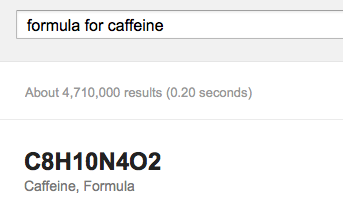It is way too common for people in SEO to forget to align their SEO strategy with social media activity. Often, the two teams work completely disconnected from the other. This is in no way a comprehensive, efficient marketing plan.
SEO must be integrated into social media activity. Here are some suggestions for specific strategies you can take to bump up the effect your social media activites have on SEO performance.
1) Using Social Media for Link Development – Since search engines have begun incorporating social signals into their ranking algorithm, it has become essential for SEOs to pay attention to social media. Now Google+ has become a part of Google search, and Bing uses Facebook data to personalize what people see in their search results.
While all of that is practically common knowledge, Ray Comstock at Search Engine Watch believes “link development is the most important benefit that social media can bring to the SEO table.” Google’s Panda and Penguin updates has made using social media to foster relevant link connectivity has become as important as they could be. The most effective way to market content online is through social media.
It is critical for SEO professionals take advantage of the activities of their social media team to gain relevant links through marketing quality content.
2) Aligning You Blog for SEO and Social Media – If you can create consistently quality content, blogging is easily one of the more efficient ways to build links and authority. It attracts links within your industry, but it also becomes keyword focused content that tends to rank highly in the long-term. Most often, bloggers forget to create relating internal links from a company’s blog to their main website content. Blog posts are an opportunity to direct people to other relevant content, especially your own.
3) Aligning Your Blogging Team for SEO & Social Media – Blogging is an important part of an SEO strategy, so you want to make sure your blogging team is trained on the best SEO policies and practices, as well as giving them the most important keywords and landing pages on your site. If you do that, your team will be more likely to create content based around those keywords, and creating internal links within the blog assists with your SEO goals. Plus, it is always nice for visitors to be able to find more content on your site.
Bloggers should also be interacting with the authoritative blogs in your area of expertise by contributing in intelligent and thoughtful ways which will build relationships with other experts in your field. It builds your reputation as well as making valuable connections that can lead to guest blogging.
By making sure your SEO and social media efforts are alligned, you both streamline the process in an effective way, as well as boosting SEO performance from a link building perspective.





